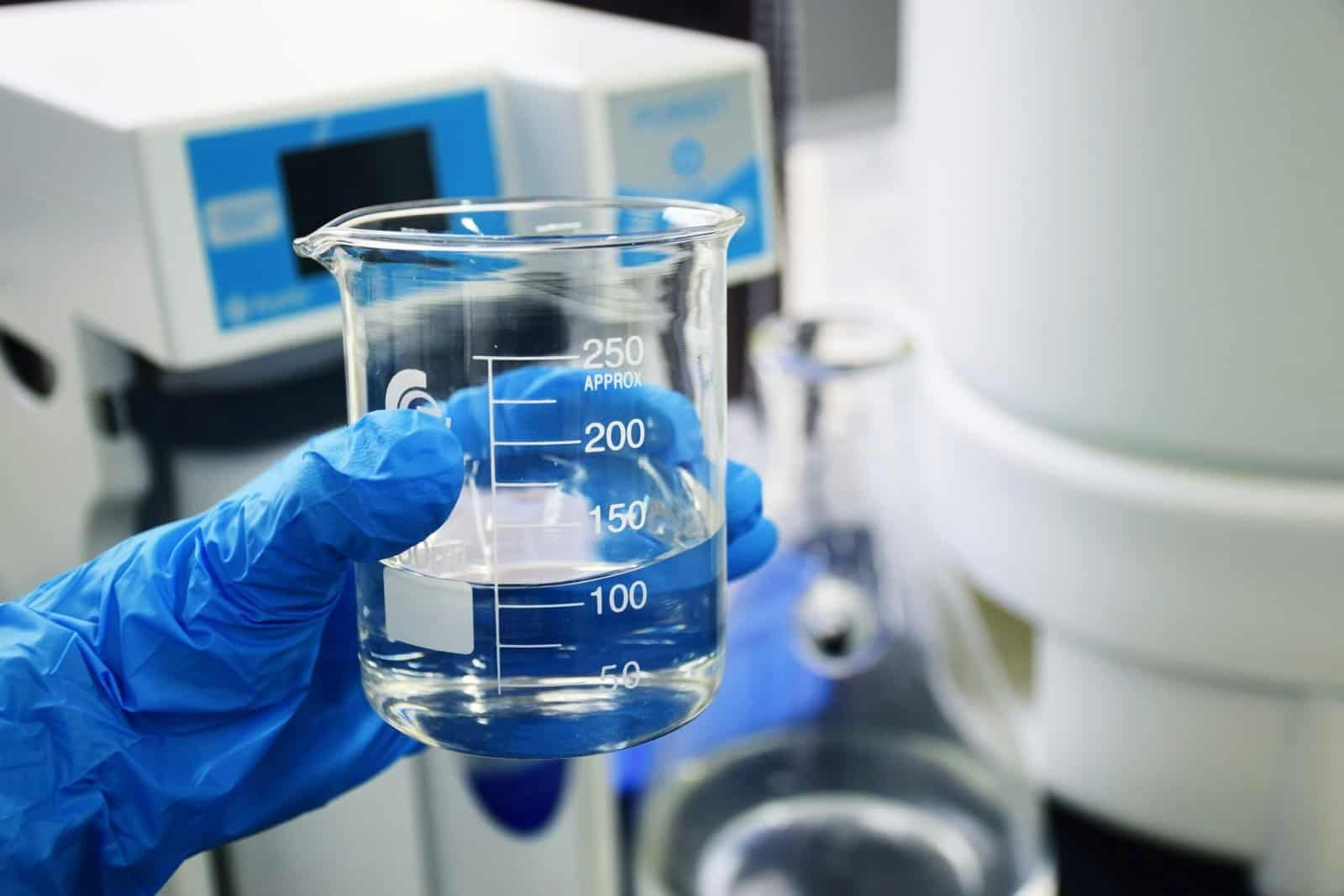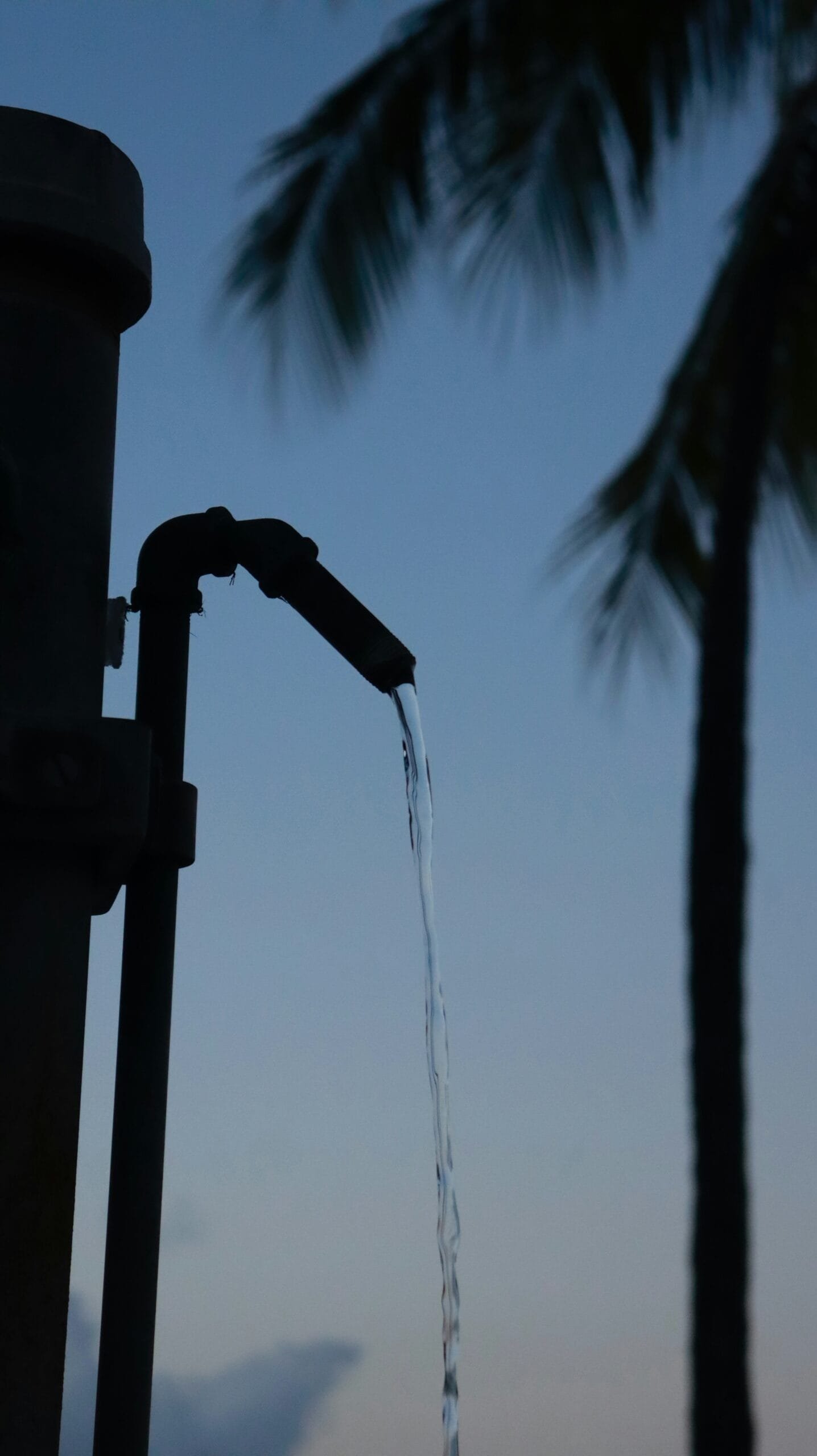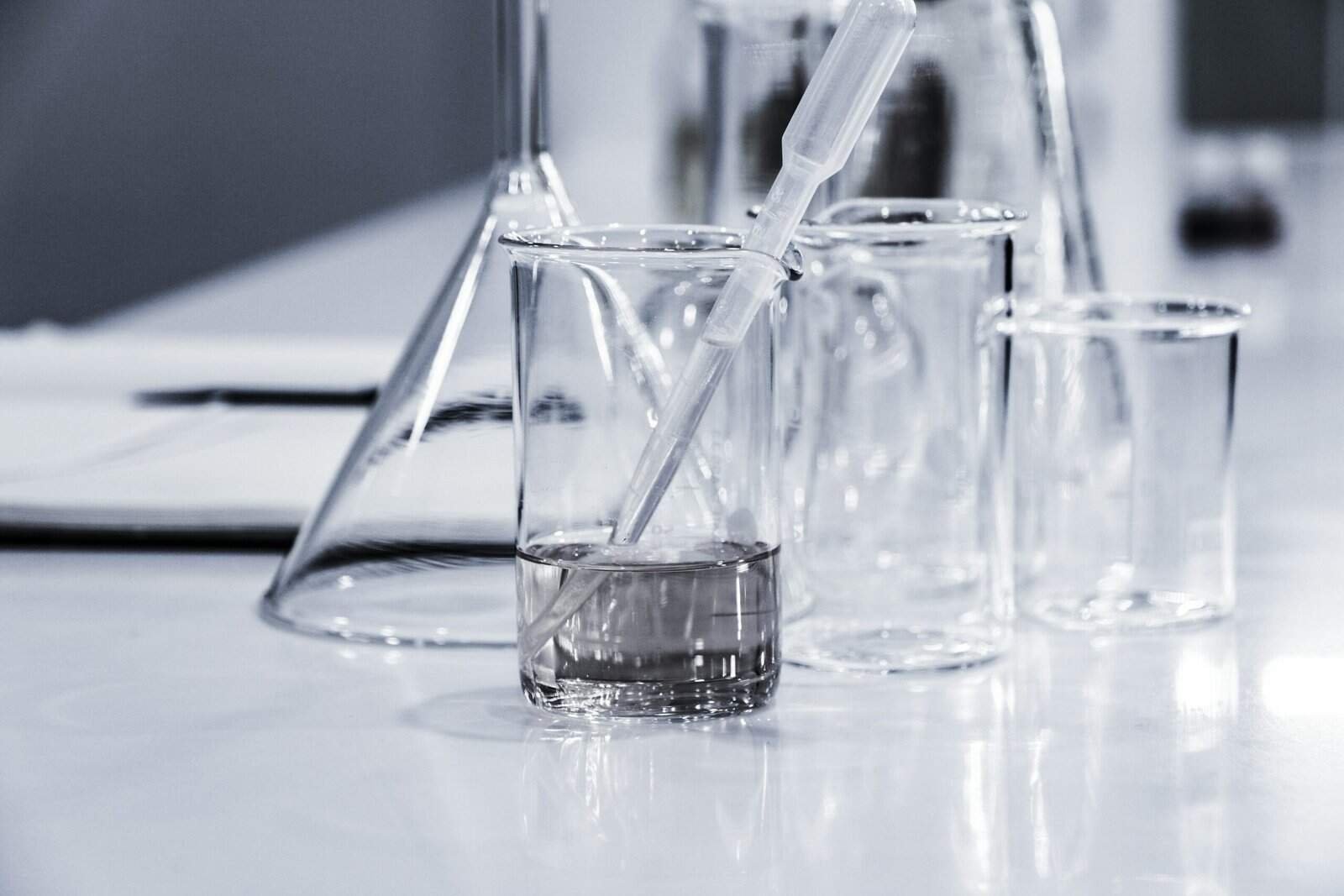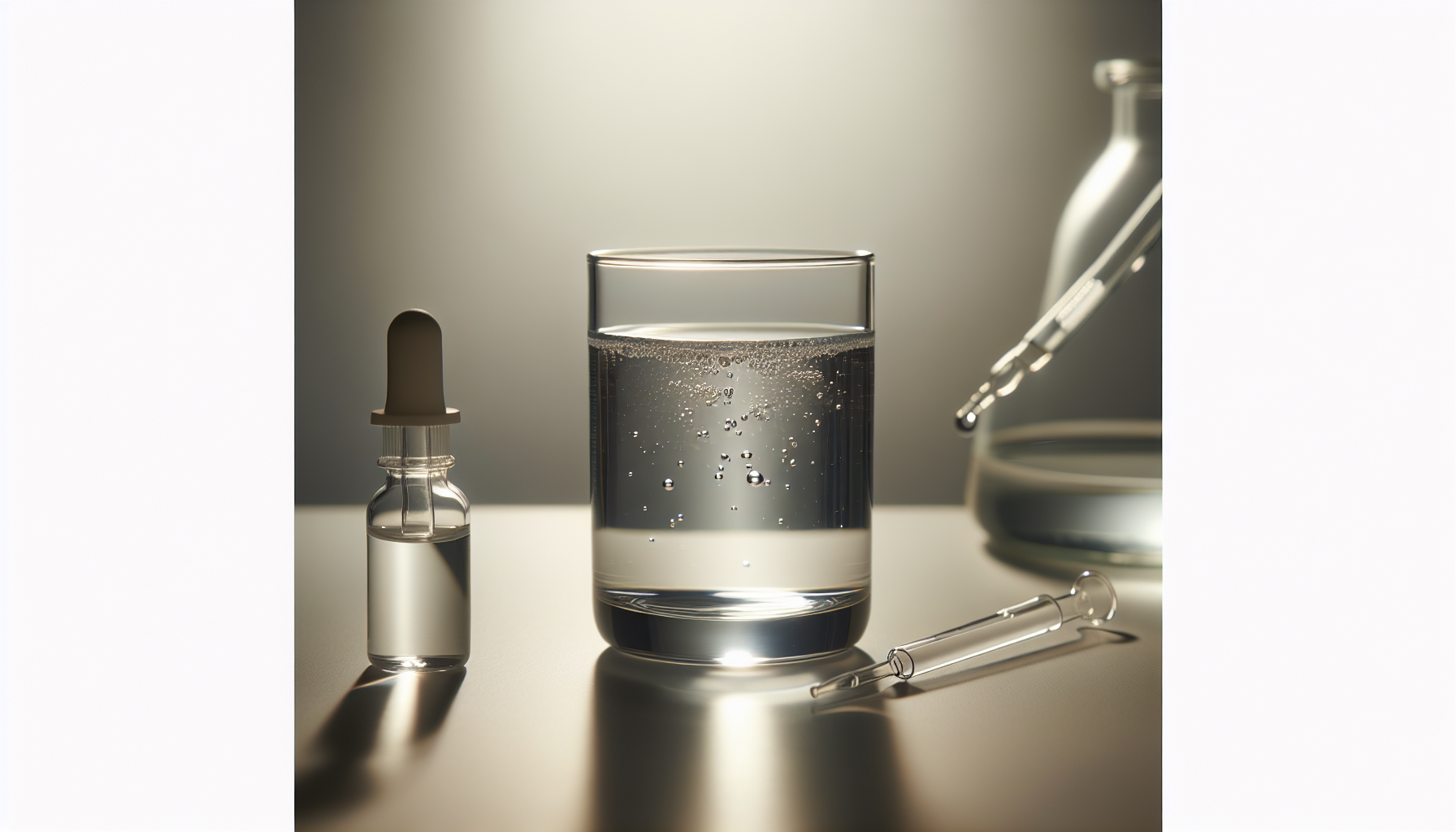Have you ever wondered how you can ensure the safety of your well water, especially when it comes to checking for E. coli? Ensuring the cleanliness and safety of your well water is crucial for the health and well-being of you and your family. This comprehensive guide will walk you through the process of testing for E. coli in your well water and provide helpful insights on related concerns such as mold growth inside a well casing.
Understanding E. Coli
Before jumping into the testing process, it’s essential to understand what E. coli is and why it’s important to monitor. E. coli, or Escherichia coli, is a type of bacteria that typically lives in the intestines of humans and animals. While most strains are harmless, some can cause serious illness. In water, E. coli presence often indicates contamination by fecal matter, which can lead to waterborne diseases.
Why is E. Coli a Concern?
E. coli contamination in drinking water can lead to gastrointestinal illnesses, which can be particularly harmful to young children, the elderly, and individuals with weakened immune systems. This makes regular testing of your well water for E. coli crucial for preventing health risks.
How E. Coli Can Contaminate Your Well
Understanding how E. coli can end up in your well water can help you take preventative measures. Contamination can occur during floods, seepage from septic systems, or even from nearby animal waste. Regular maintenance and proper site management are key to minimizing this risk.

Testing for E. Coli in Well Water
Testing your well for E. coli is a straightforward process, but it requires attention to detail to ensure accuracy. It’s advised to test your well water at least once a year, but more frequent testing might be necessary if you suspect contamination or have noticed changes in your water taste or clarity.
Choosing a Testing Method
There are several methods to test for E. coli in well water. You may choose to use a home testing kit or send a water sample to a professional lab. Each method has its pros and cons, mainly revolving around cost, convenience, and accuracy.
| Test Method | Description | Pros | Cons |
|---|---|---|---|
| Home Testing Kit | Available in stores or online; simple to use. | Convenient, quick results | May not be as accurate |
| Professional Lab | Send a sample to a certified lab for testing. | High accuracy | More expensive, time-consuming |
How to Collect a Water Sample
If you opt for professional testing, collecting an accurate water sample is crucial. Use a clean container provided by the testing lab to avoid contamination. Run your tap for a few minutes before collecting the sample to ensure it’s representative of your well water. Label the container and follow any specific instructions provided by the lab.
Scheduling Regular Testing
To keep your well water safe, regular testing is essential. Set up a schedule that includes both routine checks and additional tests if there’s a recent incident or change in water quality. This proactive approach will help you catch any potential issues early.
Interpreting Test Results
After submitting your water sample, you’ll receive a report with your test results. It’s important to understand what these results mean and the appropriate actions based on them. Here’s a simplified breakdown:
| Test Result | What It Means | Recommended Action |
|---|---|---|
| No E. Coli | Water is safe for consumption. | Continue regular maintenance. |
| E. Coli Detected | Possible contamination suspected. | Take corrective action, retest after treatment. |
If E. coli is detected, immediate actions—such as boiling water before consumption—can help reduce the risk of illness. Longer-term solutions would involve identifying the source of contamination and implementing treatment options like disinfection or filtration systems.

Preventing E. Coli Contamination
Prevention is always better than cure. Regularly inspecting your well structure, maintaining safe distances from potential contamination sources, and proper sealing are effective measures in preventing E. coli from infiltrating your well water.
Well Maintenance Tips
Here are some well maintenance tips to help prevent E. coli contamination:
- Regularly check your well for cracks or signs of wear.
- Ensure the well is sealed properly to prevent surface water from entering.
- Keep surface water and potential contaminants, such as septic systems or livestock, at a safe distance from the well.
Understanding Mold Growth in Well Casings
Another concern you might have when dealing with well water is the potential for mold growth inside the well casing. Mold thrives in moist environments and can affect water quality and structure integrity.
Can Mold Grow Inside a Well Casing?
Yes, mold can grow inside a well casing, particularly if it’s old or if there’s persistent moisture due to leaks or inadequate drainage. Mold in your well can lead to odors and can sometimes pose health risks.

Managing Mold Issues in Well Water
Addressing mold requires prompt action to ensure your water remains safe and your well stays in good condition.
Identifying Mold Presence
Regular inspection of your well casing for discoloration or musty smells can help you identify mold. If you suspect mold, professional inspection and testing can confirm its presence and extent.
Removing Mold from a Well Casing
Professional cleaning is often recommended for removing mold from a well casing. This can include shock chlorination, which involves adding chlorine to disinfect the well. After treatment, your well water should be retested to ensure it’s safe.
Preventing Mold Formation
Prevent mold by ensuring proper drainage around your well, regular inspections, and timely maintenance. Address any drainage issues or cracks in the casing promptly to prevent moisture buildup.
Conclusion
Being proactive is key in maintaining the safety of your well water. Regular testing for E. coli and inspections for mold growth can help you tackle potential issues before they become significant health hazards. By following these guidelines, you can enjoy clean, safe water from your well. Remember, when it comes to your water supply, a little vigilance goes a long way. Safe water means a healthy, happy household!

